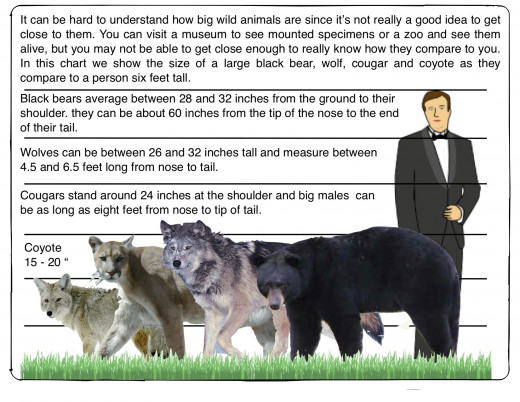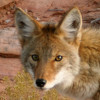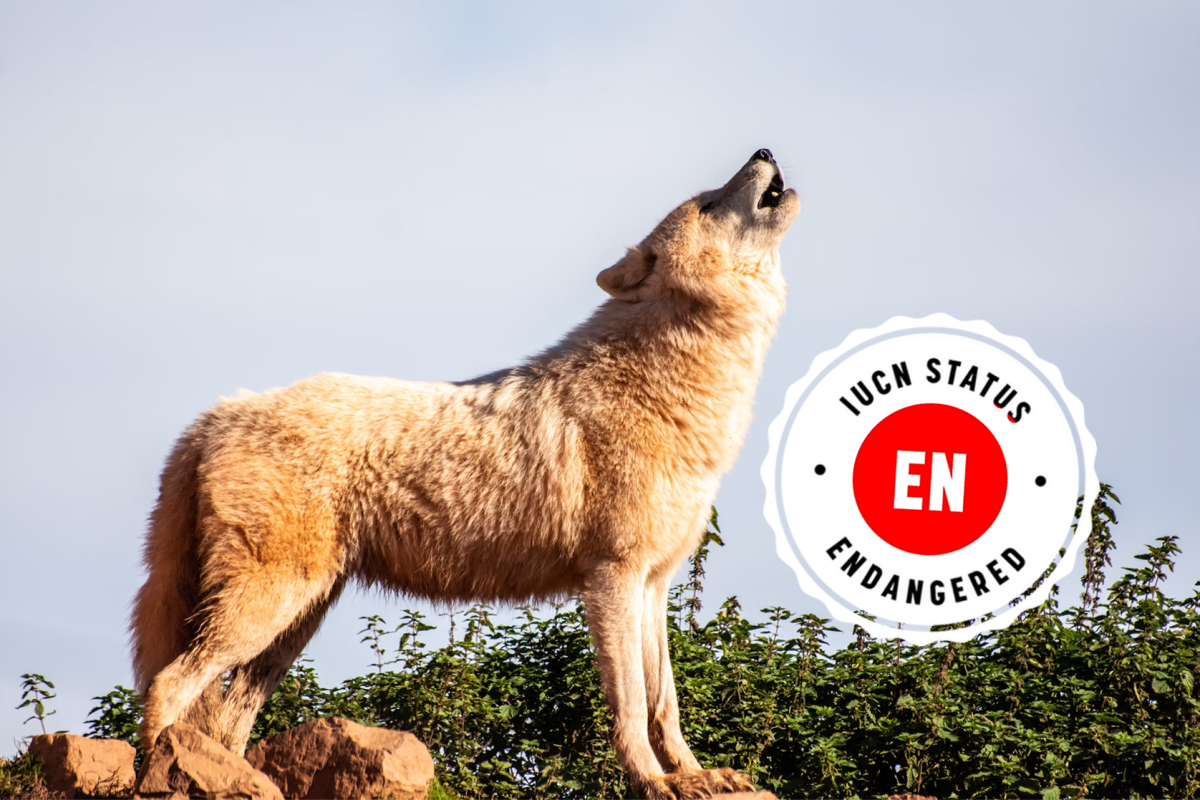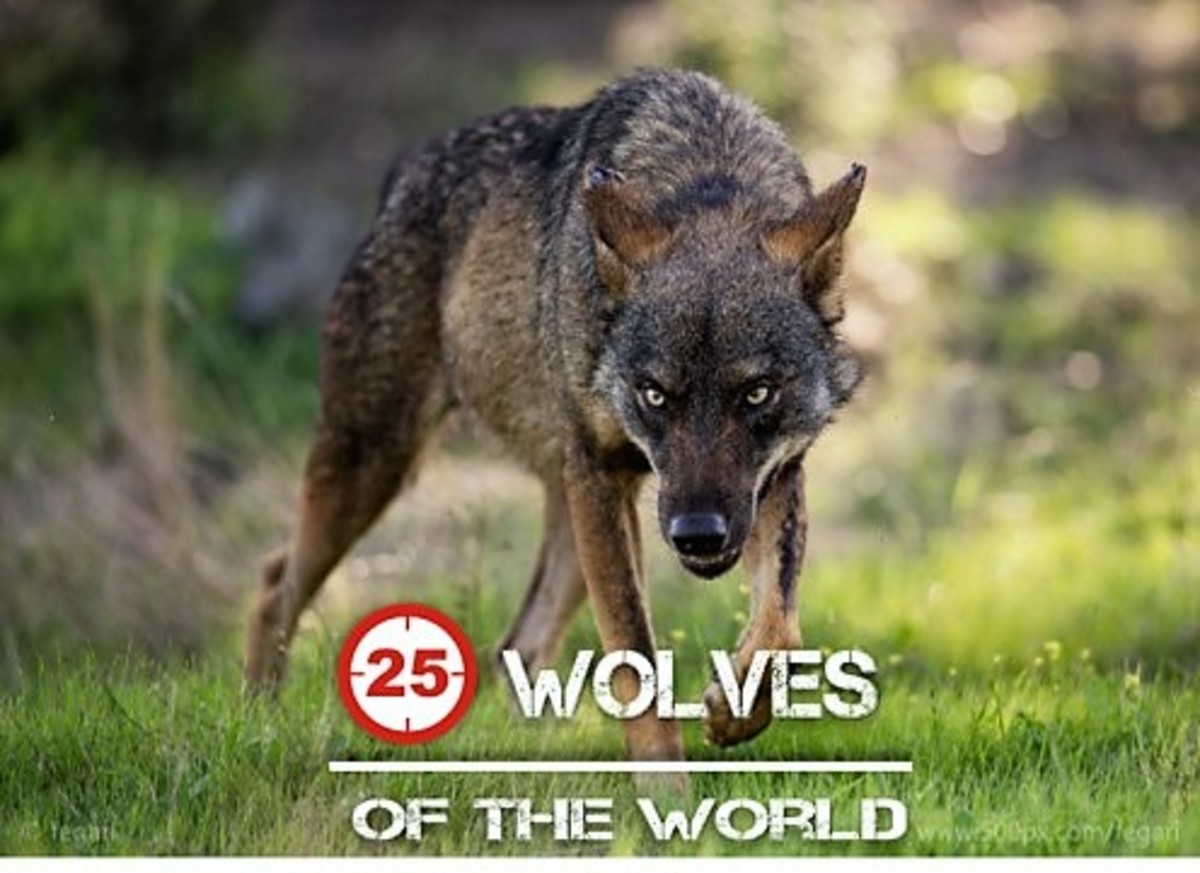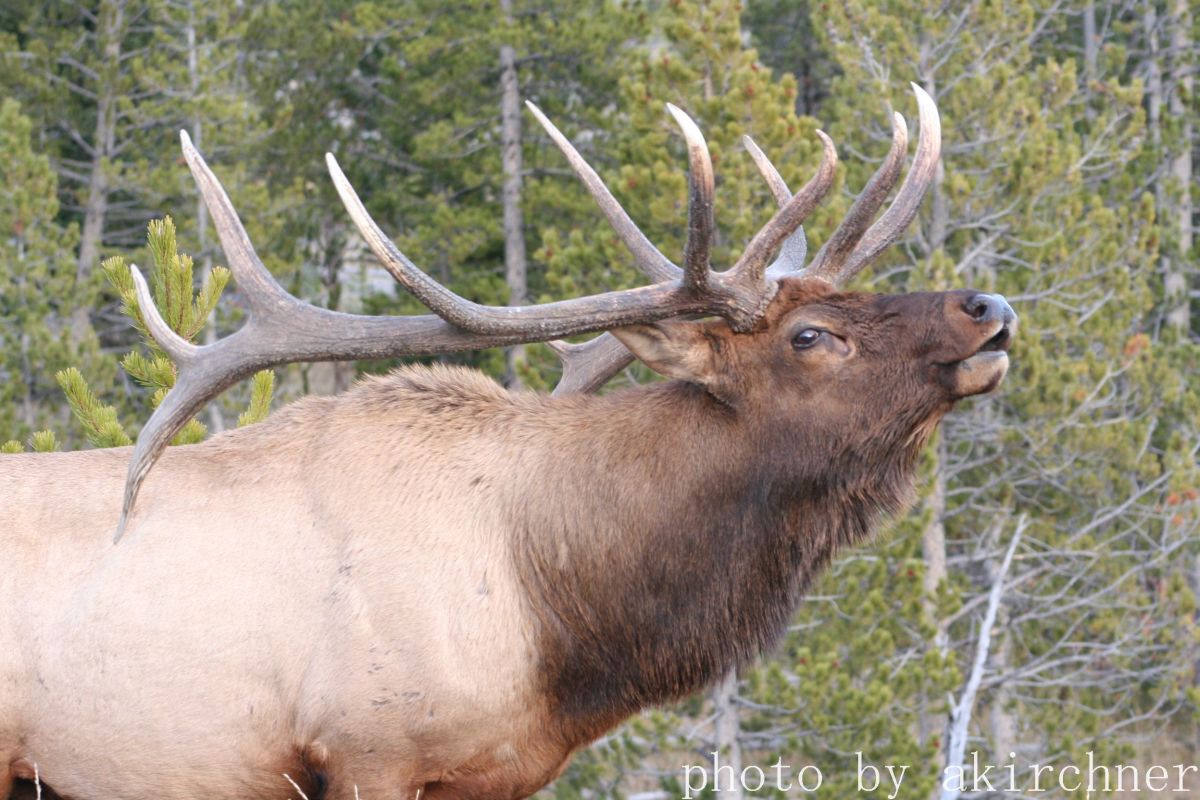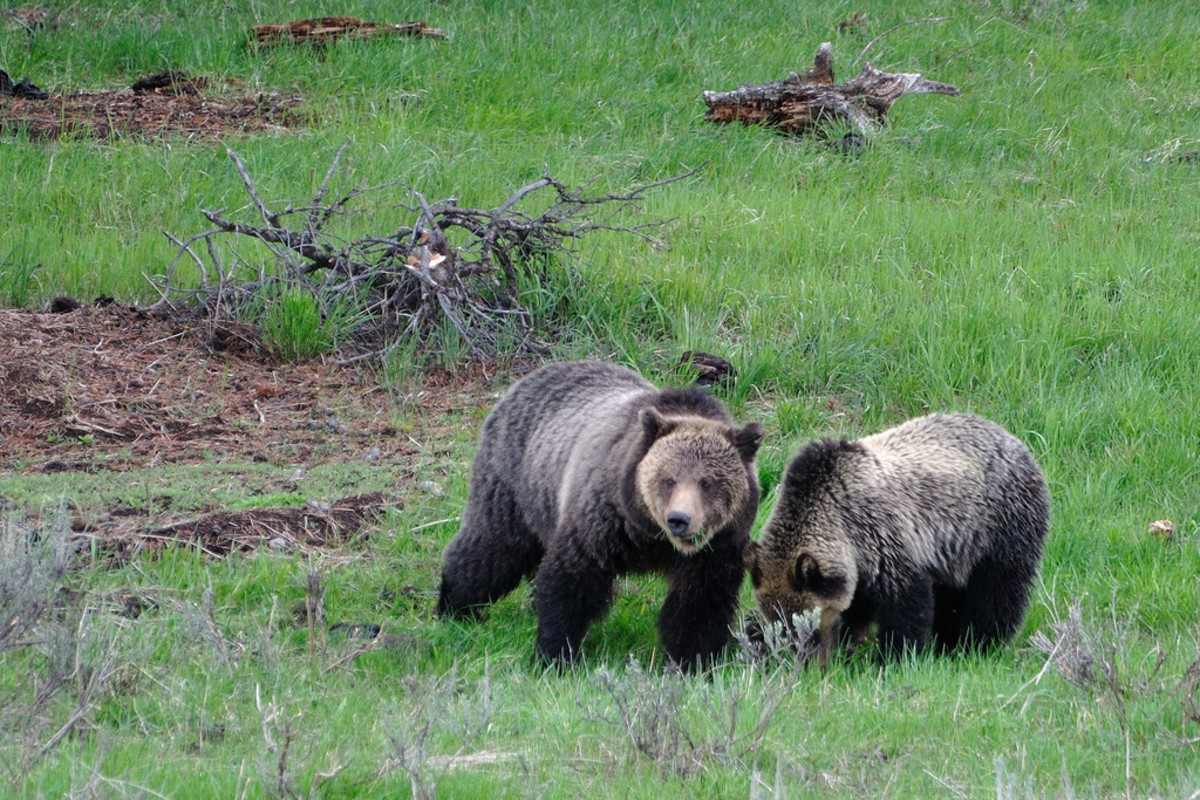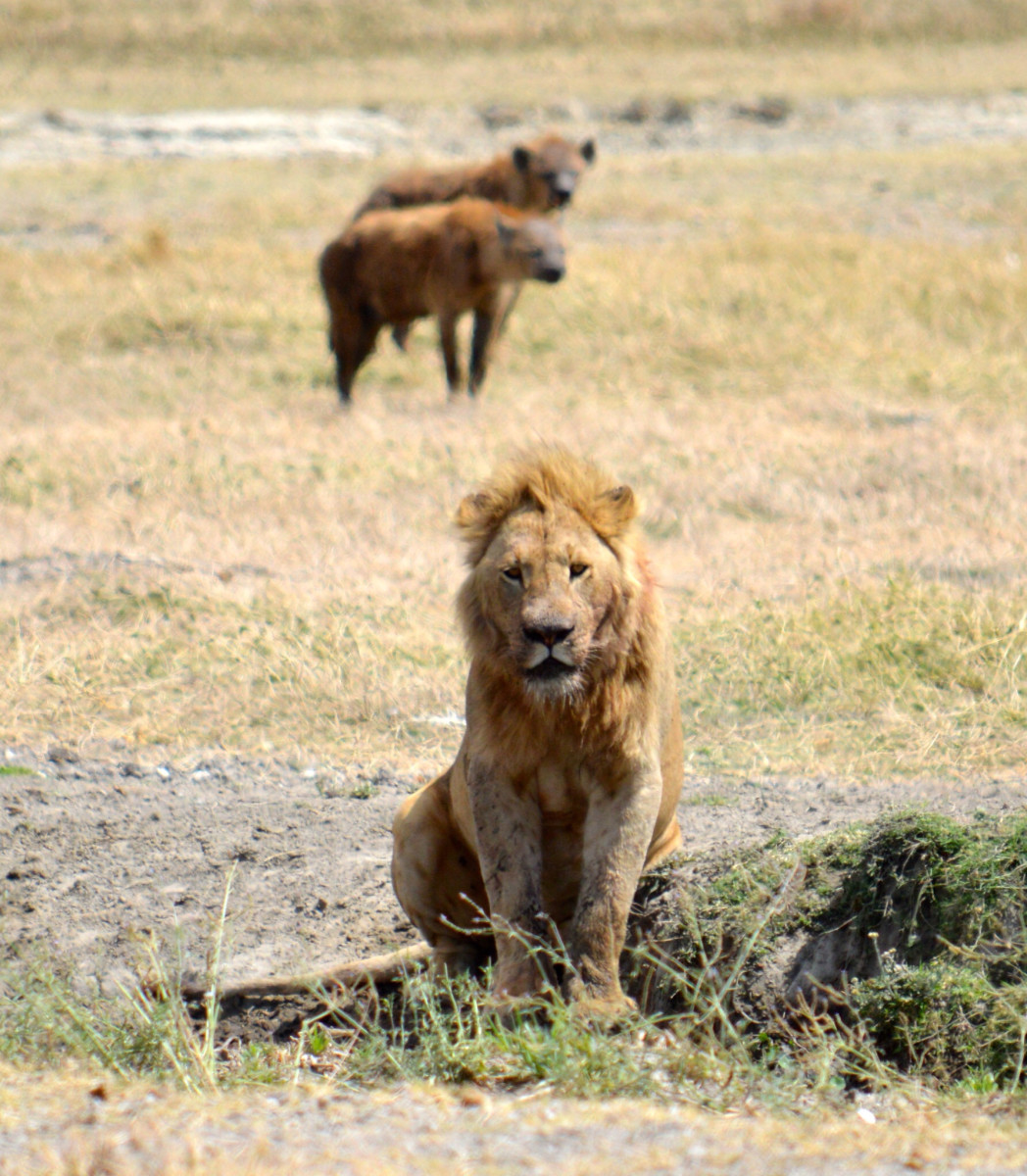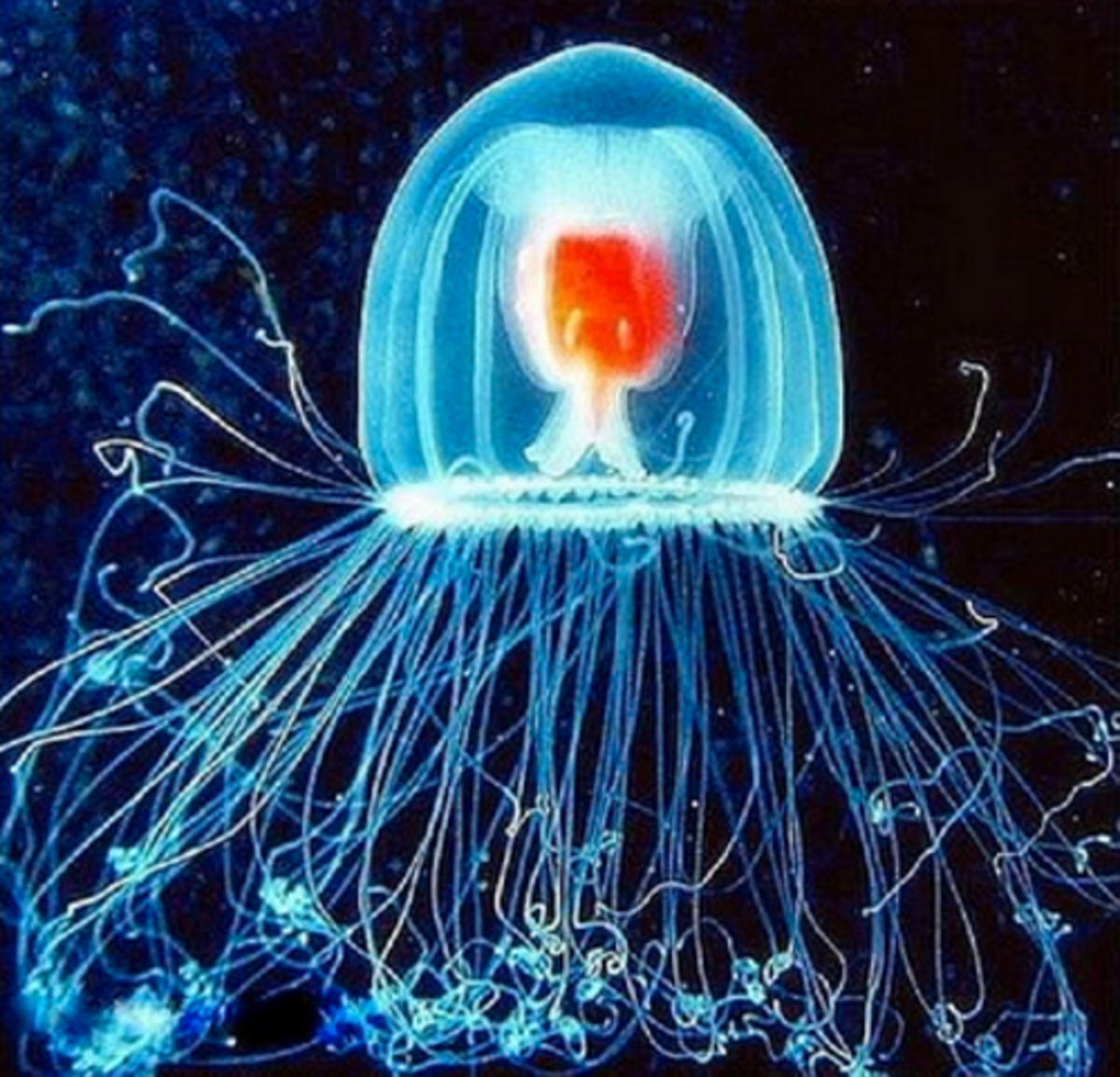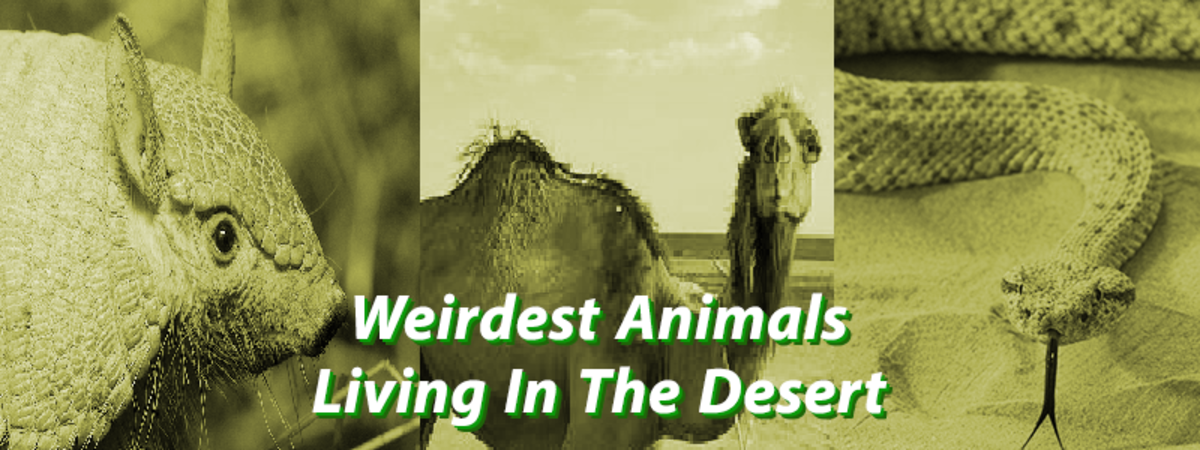Wolves: where are they now and what does the future hold?
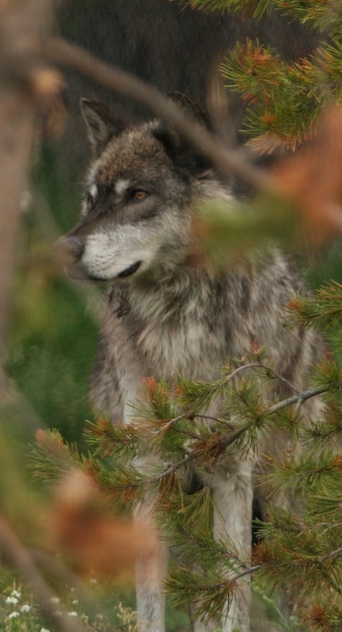
Gray Wolf
Although named the gray wolf, these big canines can be white, black, or any combination of shades of gray or brown in between. Adults can be four to six feet long and males weigh as much as 110 pounds. They usually live in pack of six to eight animals and have a range of 25 to 150 square miles. They trot almost everywhere they go and cover the ground at about five miles per hour. They can run as fast as 38 miles an hour. Wolves are great hunters and have been known to kill moose and bison, but will eat animals as small as a mouse.
Baby wolves are born in February or March. They weigh about a pound and there are usually four to six pups in each litter. Wolves are good parents and will protect and train their pups until they are full grown.
Wolves and the web of life
Biodiversity is the variety of all the living organisms in an ecosystem. A healthy ecosystem will have a wide variety of critters. When an ecosystem is healthy, there is a balance between the inhabitants and the resources they need. When something disturbs or removes a part of that balanced ecosystem, it affects the balance and can disrupt the ecosystem.
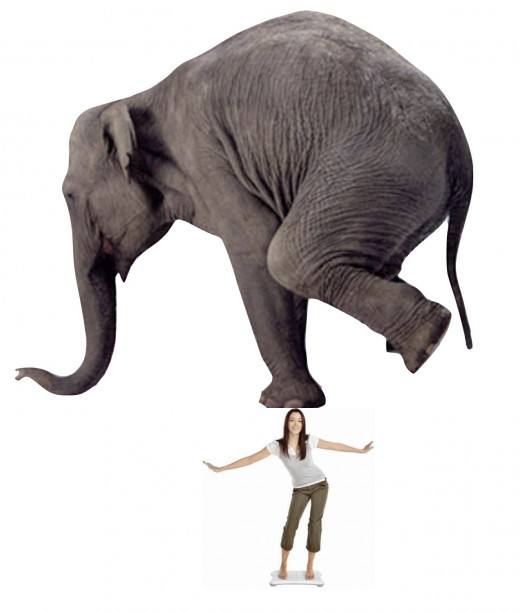
Wolves, their bite is worse than their bark
Wolves have incredibly powerful jaws. They use this power to help them cripple animals that are much bigger than they are so they can begin eating, often before the animal is dead.
Wolves also use their jaws to break the bones of their prey so they can eat the nutritious marrow inside.
When we say that a wolf can bite with 1500 pounds of force, what does that really mean? It means that for every square inch of tooth surface, a wolf can bite down so hard it is as though there were 1500 pounds resting on that tooth.
If we assume that the top of your head is about eight square inches, a wolf bite would be comparable to having an elephant standing on your head. A human’s bite strength is about 300 pounds per square inch. That would be like placing a five gallon jug of water on your head.
Wolves in the Yellowstone ecosystem
Before wolves were returned to Yellowstone, experts predicted they would kill an average of about 14 big game animals each year. On-site research has shown that the number of elk killed each year has been closer to 25 per wolf each winter. It’s more difficult to verify kills during the summer, but observation indicates that there will be closer to 40 elk killed each year per wolf.
Prior to the release of wolves in Yellowstone in 1995 the elk herds were estimated to contain about 19,000 animals. The spring count in 2011 showed that the herd was down to 4,400 animals.
Probably the biggest impact in elk numbers has been due to a 90 percent reduction in spring calf production. Wolves will kill and eat elk calves, but the impact on reproduction goes beyond that. Many cow elk are being chased so much by wolves during the winter that they are unable to get the nourishment needed to carry and give birth to calves, causing spontaneous abortions. This reduced fertility rate has a greater impact on elk numbers than the number of calves that are killed and eaten by wolves.
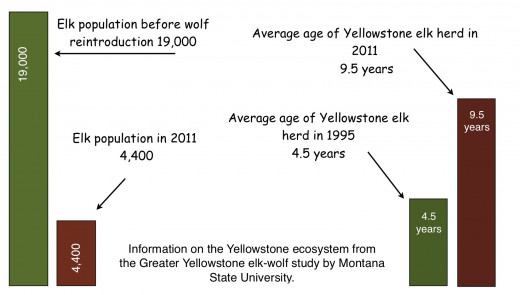
Who is benefiting from wolf kills?
Although elk numbers have decreased in Yellowstone since wolf reintroduction, some other organisms have increased. Because elk are now forced to be more mobile and spend more time in more sheltered areas in thick timber, aspen trees and willows have increased significantly. Elk in the Yellowstone area actually eat about 27 percent less than those in areas without wolves.
Beaver numbers in Yellowstone have increased because of the more available aspens and willows. Birds that eat the leftovers from wolf kills, like ravens, magpies, and eagles, have also benefited from the more abundant carcasses.

What happens when wolves run out of elk?
There is no question that elk are the most preferred food for the Yellowstone wolf packs, but with elk numbers dropping off significantly, wolves have two options. They can move out of the park or they can target different prey animals.
Two of the packs, the Nez Perce and Crystal Creek groups, are attacking bison. “Bison are dangerous and difficult to kill,” said Doug Smith, head of the Yellowstone Park wolf team. “Wolves are slowly learning how to kill bison.”
In the nearby Grand Teton area, wolves are including moose in their diet. According to Grand Teton biologist Steve Cain, 43 moose were found wolf-killed by Grand Teton and U.S. Fish and Wildlife Service researchers during the winters of 2010 and 2011. Preliminary data shows another 13 were killed during 2012.
Has legal wolf hunting reduced the number of wolves?
Despite legal hunting seasons in Idaho and Montana, as of the spring of 2013 wolf numbers in those two states have increased by seven percent.
The state of Idaho has been battling over the future of wolves. Wolf populations have exceeded the numbers agreed upon prior to the reintroduction in Yellowstone. As a result, there has been more predation on wildlife and livestock than was proposed.
The issue has become such a concern that last month the state's legislature approved a law that would make it legal for the governor to declare a "state of emergency because of the rising wolf population.
What does the future hold for wolves?
No one can predict what will happen in nature, but it seems obvious that wolf populations will need to have some form of control.
Livestock owners should not be expected to absorb thousands of dollars in depredation damages and those that oppose the livestock industry need to be reminded that the beef for a Big Mac doesn't originate in the back room of your local McDonalds.
The most logical answer would seem to be letting state biologists determine the best course of action. There is no reason we can't enjoy the experience of seeing wolves in the wild and still protect the interests of humans and other wildlife.
